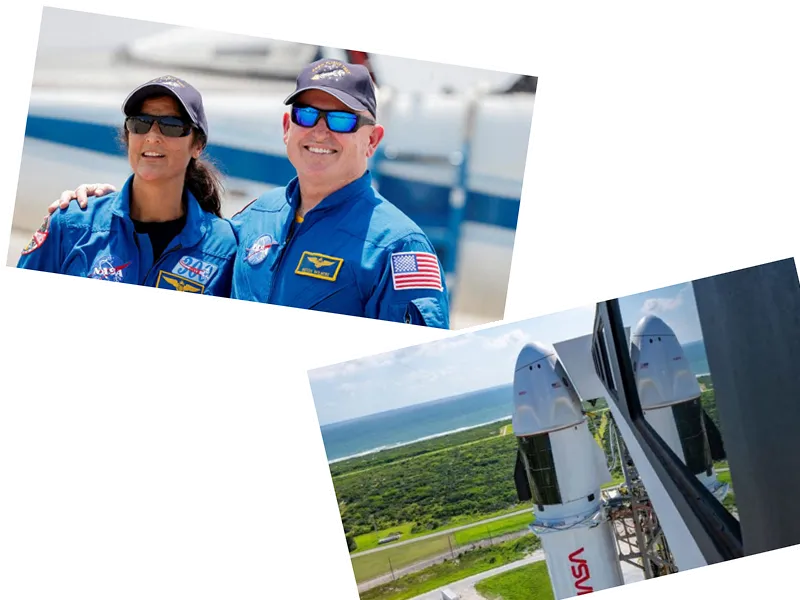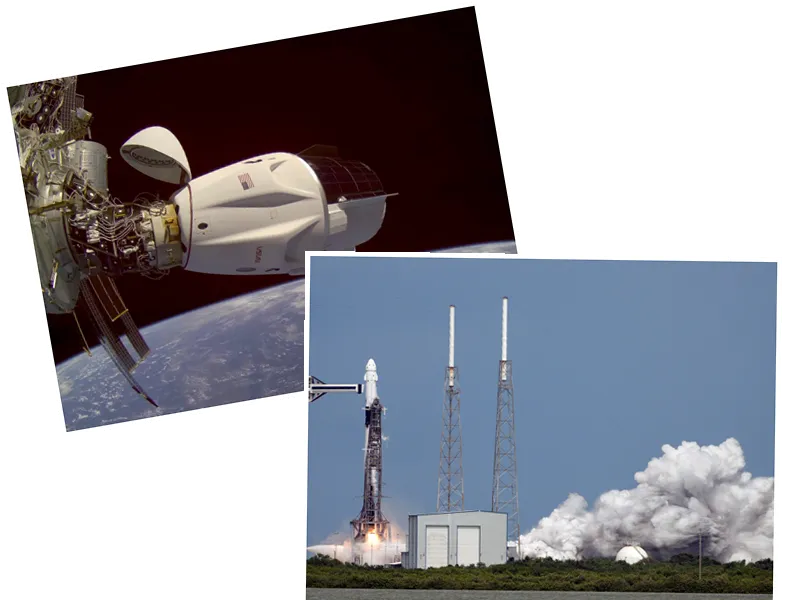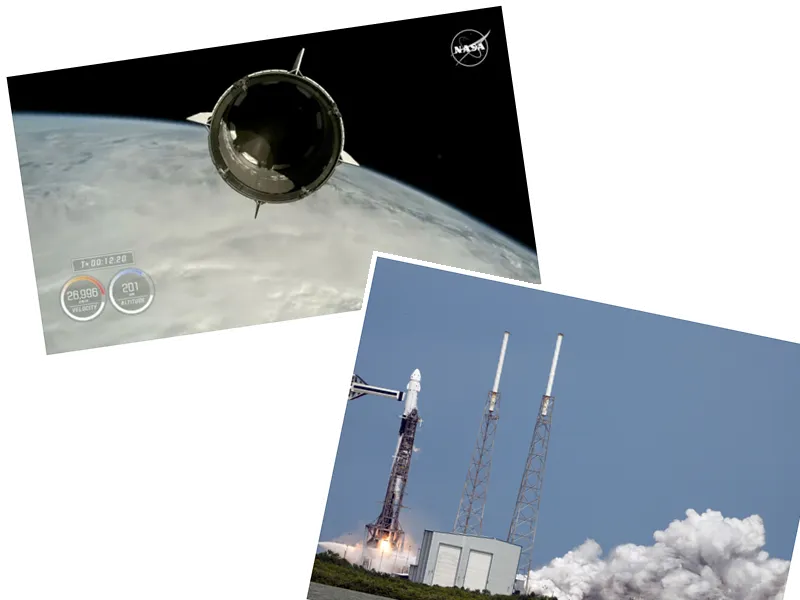Historic Spacewalk Marks New Era in Commercial Space Exploration
The recent Polaris Dawn mission, led by billionaire entrepreneur Jared Isaacman, has set a new benchmark in the realm of commercial space exploration. The mission culminated with the successful splashdown of the SpaceX Crew Dragon capsule off the coast of Florida, following the first-ever private spacewalk. This remarkable feat was executed by Isaacman and SpaceX engineer Sarah Gillis, who ventured into the vacuum of space for approximately ten minutes, marking a significant milestone in human spaceflight.
Pushing Boundaries: Achievements of the Polaris Dawn Mission
The Polaris Dawn mission achieved an unprecedented orbital altitude of 870 miles, the highest humans have traveled since the last Apollo mission in 1972. During their journey, the crew traversed the Van Allen radiation belt, providing invaluable data for future missions aimed at the Moon and Mars. The mission not only tested advanced technologies but also included around 30 scientific experiments focused on understanding the impact of space travel on the human body, thus contributing to the ongoing research in aerospace medicine.
Future of Space Travel: The Polaris Program
Jared Isaacman, who previously flew on SpaceX's first civilian mission, has ambitious plans for the Polaris program, which includes two more missions aimed at furthering human presence in space. The successful completion of the Polaris Dawn mission paves the way for future exploration and the potential colonization of other planets. With the support of SpaceX, the vision of making humanity a multi-planetary species is closer to becoming a reality.
- The Polaris Dawn mission also served as a platform for testing SpaceX's newly developed spacesuits designed specifically for spacewalks. These suits are envisioned to be produced in large quantities to support future colonization efforts on Mars. The mission's success has been hailed by NASA's administrator, Bill Nelson, as a significant advancement for the commercial space industry, highlighting the importance of private investment in accelerating technological progress necessary for space exploration.






